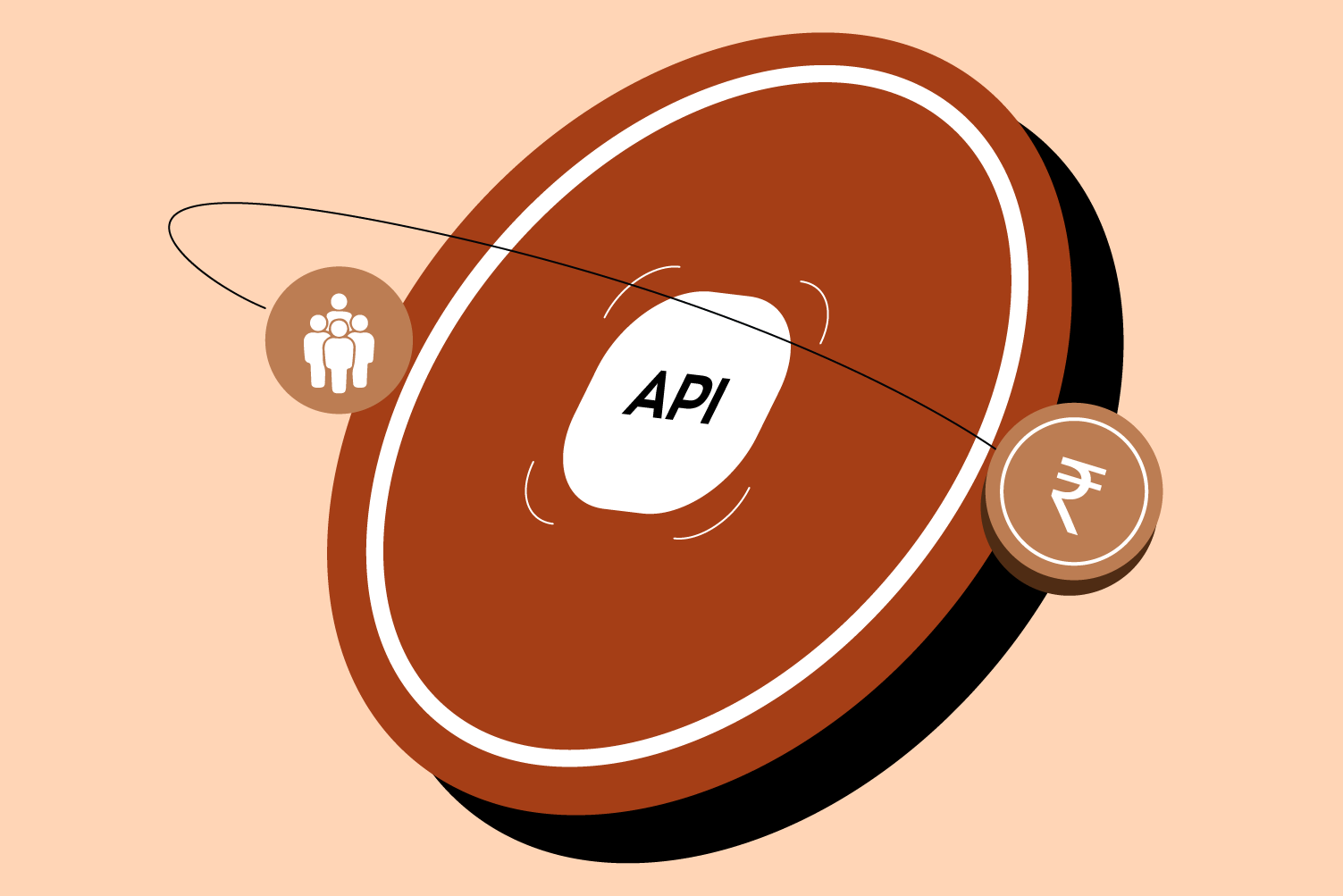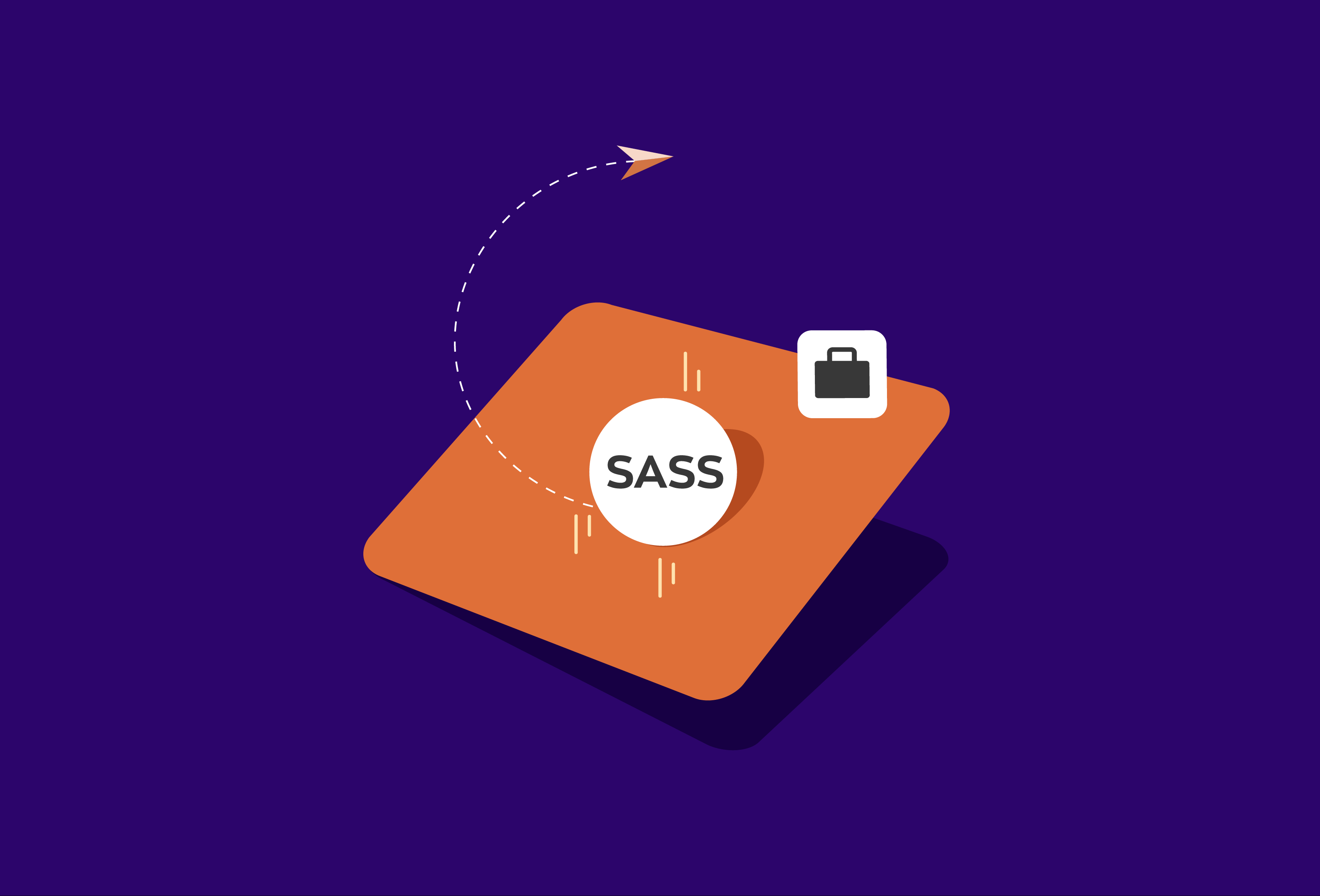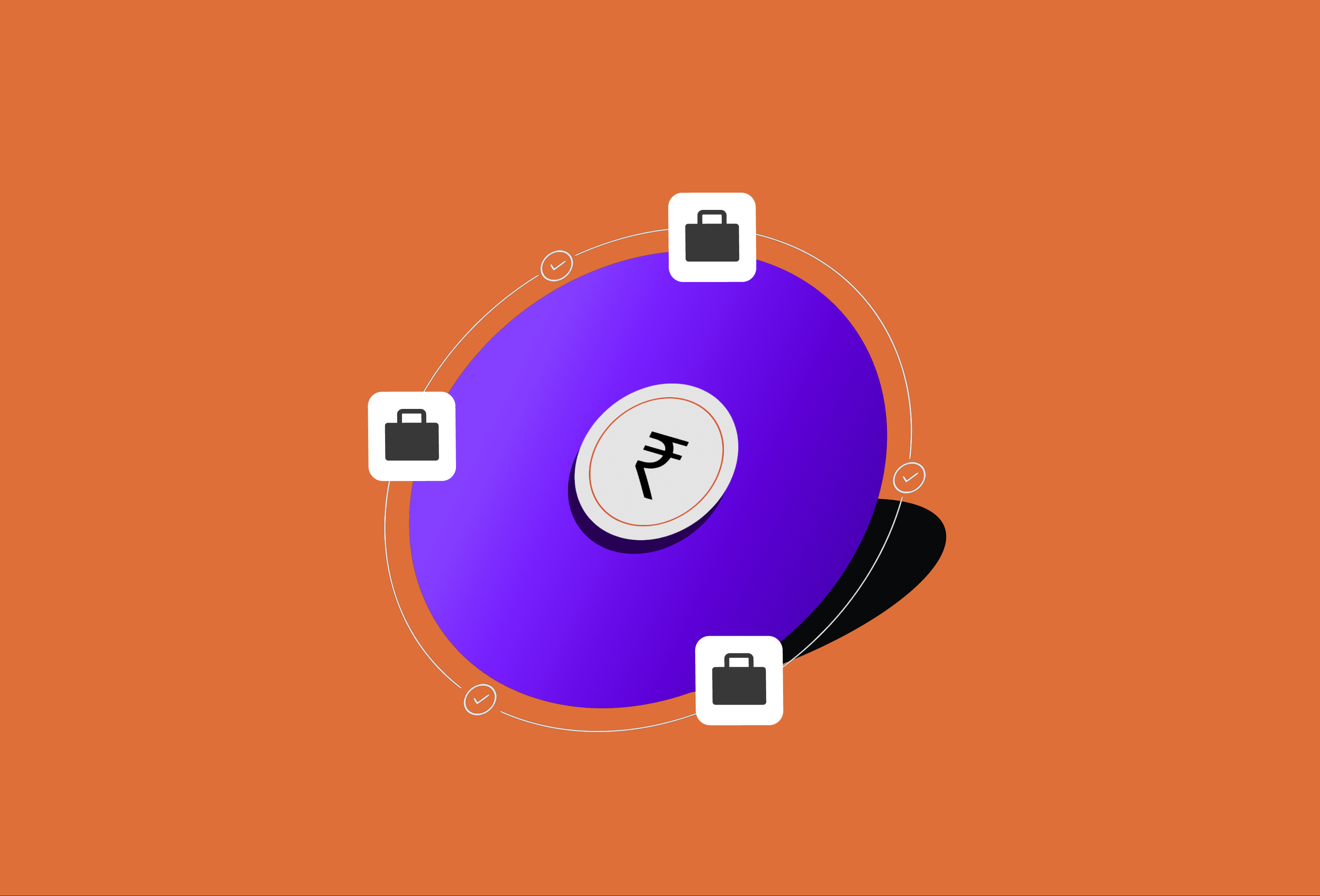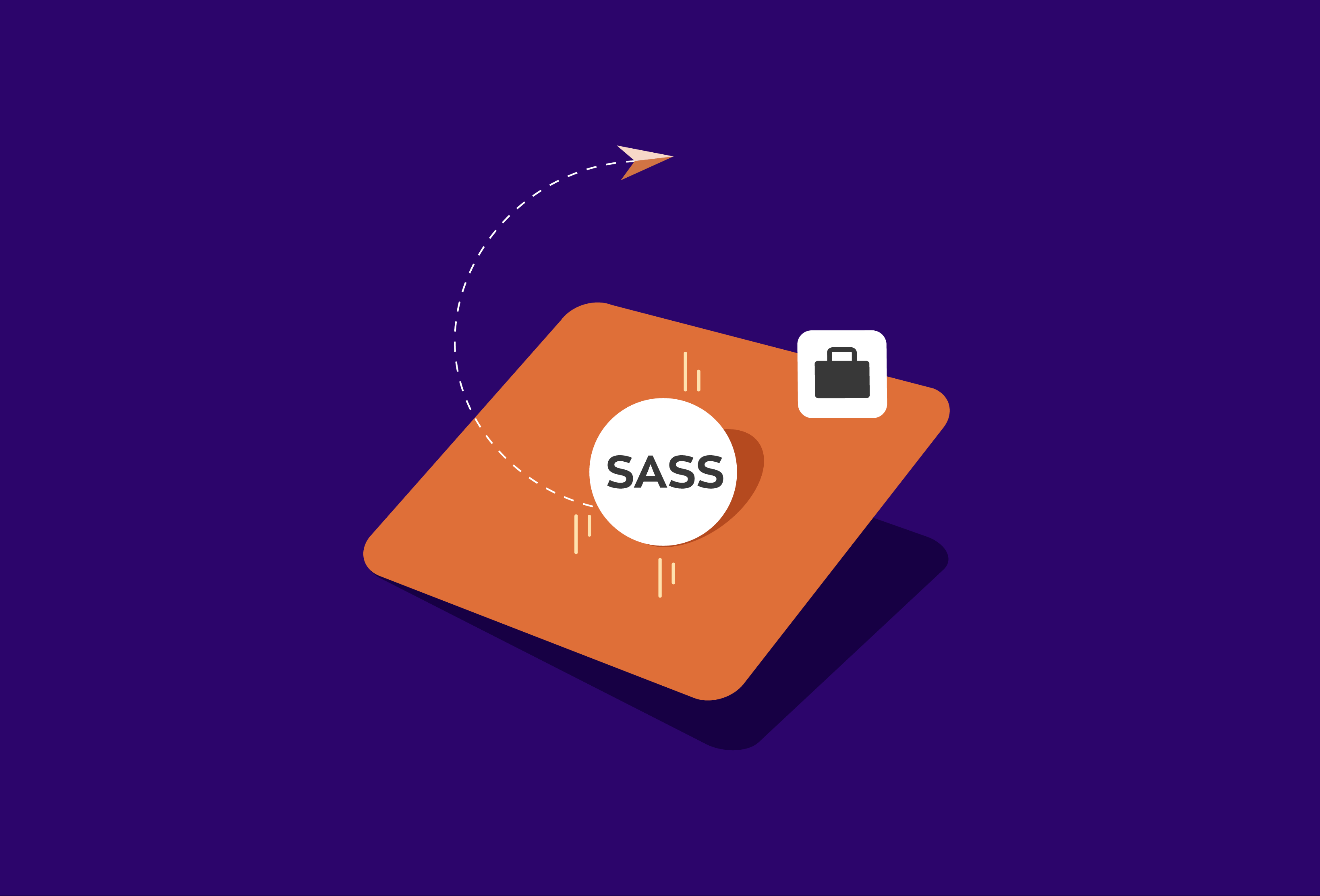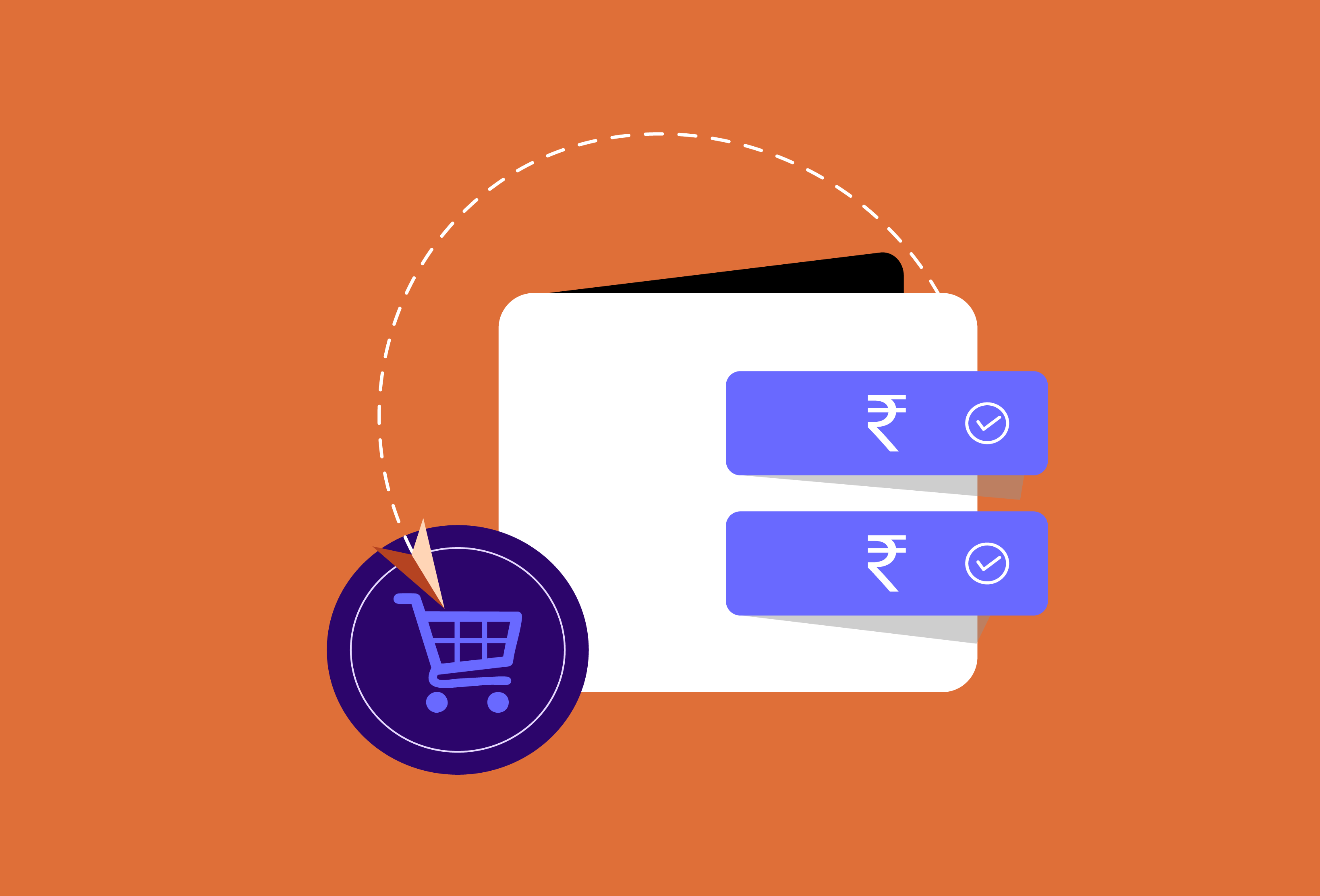Payout automation has become essential for modern finance teams, whether it’s handling vendor payments, employee reimbursements, or partner commissions. It promises faster transactions, fewer manual errors, and better compliance. But like any digital system, it’s not without its share of hurdles. Many businesses, especially while scaling or shifting from manual processes, face common payout automation challenges that affect efficiency and accuracy.
Here’s a practical look at these challenges and the steps teams can take to fix them before they become larger roadblocks.
1. Integration Woes
What usually goes wrong:
When businesses introduce a new payout system, it doesn’t always align with their existing setup. Whether it’s an ERP, accounting tool, or HR software, lack of smooth integration can cause delays in data syncing. Add multiple bank accounts to the mix, and the complexity multiplies.
Why it’s a problem:
- Inconsistent data between platforms.
- Delayed transactions due to manual syncing.
- More chances of human error.
A practical solution:
Use tools that come with open APIs and native integrations. A platform with a multibank connector can unify multiple accounts, giving a single view of all payouts. This cuts down the need for manual intervention and ensures your systems stay connected.
2. Data Discrepancies
What usually goes wrong:
Some of the most common payout processing problems are errors in beneficiary details, wrong bank account numbers, and duplicate entries. Teams often still upload data via spreadsheets, increasing the chance of mistakes.
Why it’s a problem:
- Failed transactions due to incorrect inputs.
- Wasted time identifying and correcting issues.
- Frustration for vendors or employees who don’t receive timely payments.
A practical solution:
Automate data validation. Choose a payout tool that verifies account numbers, flags duplicates, and checks formats before processing payments. Adding a maker-checker approval layer can also help catch errors before they escalate.
3. Payment Failures and Delays
What usually goes wrong:
Payouts fail due to invalid bank details, service downtime, or errors at the bank’s end. Sometimes, the failure isn’t even visible until someone raises a complaint.
Why it’s a problem:
- Delayed payouts can damage vendor relationships.
- Teams spend hours tracking failed transactions.
- Lack of clarity on where and why the payment failed.
A practical solution:
Invest in a system that gives real-time alerts and auto-retry options. Instead of waiting for manual escalation, the platform should notify you instantly and attempt the transaction again where possible. Look for payout automation solutions that have strong banking partnerships to ensure quicker settlements.
4. Lack of Visibility
What usually goes wrong:
Once a payout is made, many teams lose sight of its status. There’s no central dashboard to track the full journey of a transaction. Finance teams often rely on bank statements or manual reconciliation to figure out what happened.
Why it’s a problem:
- Difficult to answer queries about pending or failed payments.
- Time-consuming reconciliation.
- Poor audit preparedness.
A practical solution:
Use software that provides clear status updates for each transaction—pending, processed, failed, or reversed. Dashboards should offer a real-time view, complete with filters and downloadable reports. This improves transparency and reduces back-and-forth within teams.
5. Compliance and Audit Gaps
What usually goes wrong:
When it’s time for audits, missing records or incomplete trails can lead to complications. Statutory payouts like TDS or PF often need to be tracked separately, which increases the risk of errors.
Why it’s a problem:
- Higher chance of non-compliance.
- Difficulty in preparing audit reports.
- Manual compilation of data for tax filings.
A practical solution:
Choose a platform that automatically logs every payout with relevant metadata—who initiated it, who approved it, and the reason for the transaction. Tax fields like GST or TDS should be mapped correctly from the beginning. Some platforms also generate downloadable audit-ready reports, which can save hours during compliance checks.
6. Overengineering the Setup
What usually goes wrong:
In trying to build the ‘perfect’ system, some teams go overboard with custom setups that become hard to manage later. Internal builds often lack long-term support, especially as the needs of business evolve.
Why it’s a problem:
- Systems become too rigid.
- Maintenance requires constant developer support.
- Scalability becomes a challenge.
A practical solution:
Go for a ready-to-use payout automation platform that’s built to handle common payout processing challenges, like failed transactions, data mismatches, and compliance gaps. Look for solutions that offer built-in banking integrations, automated approval flows, and real-time tracking. The goal is to reduce complexity, not add to it. Choose tools that simplify your workflow, scale with your needs, and don’t require constant manual fixes.
Final Thoughts
Fixing payout automation challenges doesn’t always mean investing in bigger tools—it’s often about choosing smarter ones. Whether you’re managing payouts to employees, vendors, or partners, the key lies in visibility, control, and flexibility.
Start by addressing the basics: clean data, solid integrations, and reliable alerts. Then look for features that enhance compliance, offer transparency, and reduce manual effort.
Platforms like Zwitch—built with powerful APIs, smart reconciliation, and multi-bank connectivity—make it easier to automate payouts without the heavy lift. With the right solution in place, you’ll spend less time troubleshooting and more time focusing on what really matters—growth.




